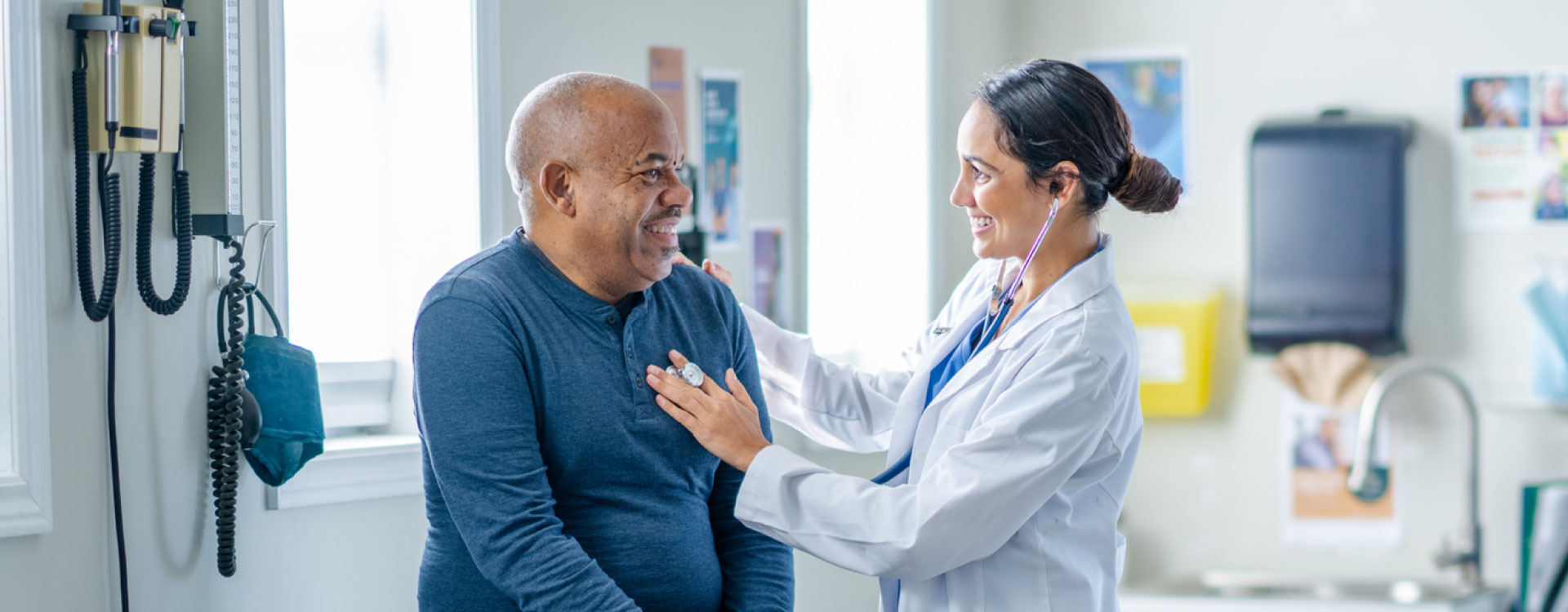Endometriosis is a painful condition that affects an estimated 11% of American women ages 15 to 44. It occurs when the lining of the uterus (the endometrium) grows outside the uterus (also called the womb). These growths can affect the ovaries, fallopian tubes, exterior of the uterus and tissues that hold the uterus in place. It can also show up in the vagina, bladder, cervix, vulva, or rectum. In rare cases, endometriosis can spread to more distant parts of the body, like the brain, skin, or lungs. Here’s what women should know about endometriosis:
Endometriosis Symptoms
Endometriosis growths are not cancerous, but they can cause pain and other symptoms. This is because the growths can block the fallopian tubes and lead to cysts, cause inflammation (swelling), lead to scar tissue that causes pain and difficulty getting pregnant, and bladder and intestinal problems.
The following symptoms can be signs of endometriosis:
Pain. Pain is the most common sign of endometriosis. The condition can cause extremely painful menstrual cramps, chronic pain in the pelvis and lower back, pain during or after sex, painful urination, or bowel movements during your period, and intestinal pain.
Trouble getting pregnant. Endometriosis is one of the most common causes of infertility and is most common in women in their 30s and 40s.
Digestive issues. Endometriosis can also cause stomach problems, such as bloating, constipation, diarrhea, and nausea. These issues often occur during a woman’s period.
Unusual bleeding. Another sign is bleeding or spotting between periods or having occasional very heavy menstrual periods.
All of these symptoms can be caused by other medical conditions as well, so if you have them on a regular basis, talk to your primary care provider or OB/GYN right away.
Endometriosis Risk Factors
Researchers still don’t know the exact cause of endometriosis. You may be more likely to develop the condition if you’ve never had children, have short menstrual periods (lasting less than seven days), have a family member (mom, aunt, or sister) with endometriosis, have a low body mass index, have short menstrual cycles (27 days or less), or have health problems that affect menstrual blood flow.
Endometriosis Prevention
Unfortunately, there aren’t any proven ways to prevent endometriosis. But you can reduce your risk by lowering your estrogen levels. To keep your estrogen levels in a healthy range, ask your provider about hormonal birth control, exercise at least four hours per week, maintain a healthy weight, avoid drinking more than one alcoholic beverage per day, and avoid large amounts of caffeine.
Endometriosis Diagnosis
The condition can only be diagnosed through laparoscopic surgery. However, your medical history, pelvic exam, ultrasound, imaging test (like an MRI) can indicate you may have endometriosis.
Endometriosis Treatment
While there’s no cure for endometriosis, there are treatment options that can help.
Medication is usually the first treatment we recommend for endometriosis. If you’re not trying to get pregnant, you may be prescribed hormonal birth control.
Surgery is used to treat more severe symptoms or cases where medication doesn’t help.
Some women stop having endometriosis symptoms after menopause since the body stops making the hormone estrogen. Medically inducing menopause with gonadotropin-releasing hormone (GnRH) agonist can help severe cases. However, if you take menopause hormone therapy, you may still have symptoms.
If you have signs of endometriosis, contact your primary care physician or OB/GYN. Getting the right treatment can help make your symptoms more manageable.




